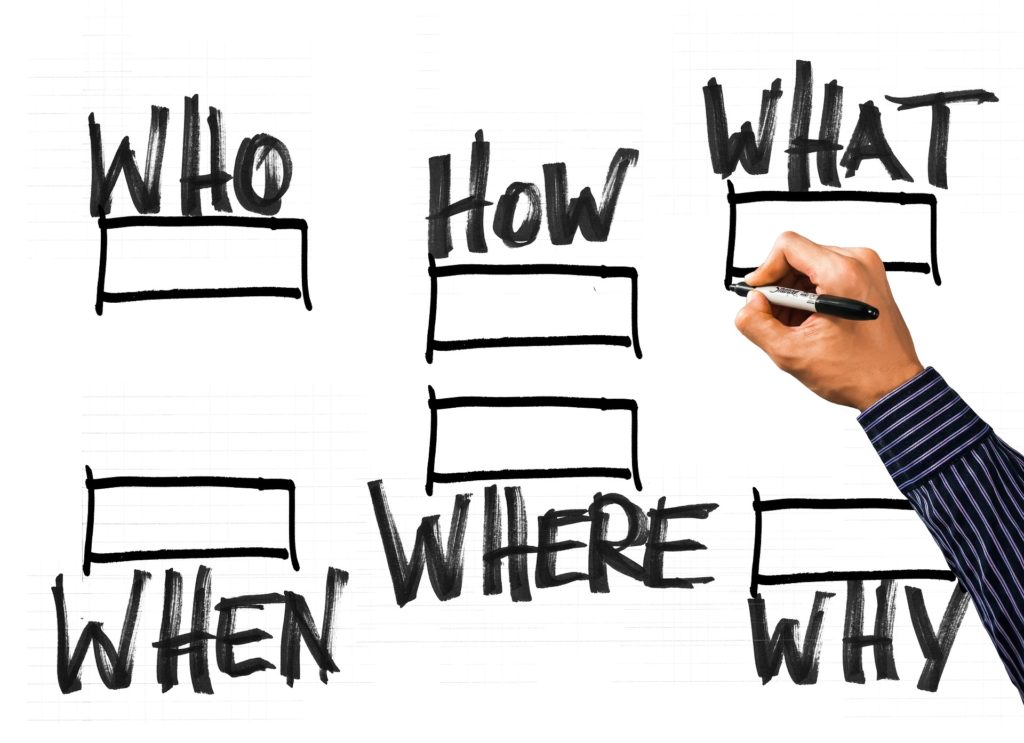https://pixabay.com/en/one-way-street-decisions-opportunity-1991865/
I’ve been writing recently about asking about suicide. Last time, I suggested what to do if you ask the Question and receive a ‘no’ or ‘not really’ answer.
So what do you do when the person says ‘yes,’ they are thinking about suicide??
First off, don’t panic. Try to do your best SGT Joe Friday (Dragnet) impression and not overreact. Accept what they are telling you just like they had revealed their favorite color is blue.
I believe you are now at a decision point – either you go further down the path of asking them about their thoughts and intentions or you prepare to get them to the next higher level of care.
If you decide that you are not comfortable asking any additional questions beyond ‘are you thinking of hurting or killing yourself,’ that’s fine; however, now that the person has shared what I consider one of their deepest darkest secrets – “I feel so badly I’d rather be dead” – I believe we need to help the person get to a higher level of care.
Let’s focus on the ‘next higher level of care’ option. This phrase comes from my military background and refers to someone or somewhere with more available resources or a higher level of training especially in healthcare. In the Army, we have a number of levels of medical care on the battlefield from the extremely basic aid station to an advanced hospital setting, the Combat Support Hospital. The aid station is close to the battle lines and has minimal resources while the CSH is situated well away from the main fighting and has many resources. So, to go to the ‘next higher level of care’ is to get the person to a person or place with more resources.
Let’s start with helplines or hotlines. I’ve written before about the National Suicide Helpline, 1.800.273.TALK (8255), which is a great resource. Remember, if you are talking with a veteran, have them press “1” after “8255” and this will redirect them to a military specific help center.
You may also be able to find a local helpline through your phone book (yes, those are still available) or via your preferred search engine.
If you are talking to a first responder, there are a couple helplines specific to first responders, such as Safe Call Now at 1.206.459.3020 or the Fire/EMS Helpline: 1-888-731-FIRE (3473).
If the person works for a company which offers access to an Employee Assistance Program (EAP), this EAP often has a 24 hour hotline.
Remember that the most hotlines are not specific to suicide like the National Suicide Helpline.
Another ‘higher level of care’ resource are Mental Health Professionals (MHPs) like psychologists, psychiatrists, social workers, counselors, marriage and family therapists, and others. MHPs generally have training in suicide awareness and prevention. If you are looking for training in suicide prevention, please visit my website, CriticalConcepts.org for information on my online training.
Many Chaplains or faith leaders also have training in suicide awareness and prrevention. In addition, Washington State, and other States, are joining in the effort to train more healthcare professionals in suicide awareness.
Your highest level of care is your local hospital emergency department, where the person who is suicidal can be evaluated by a professional.
Since we’re almost into football season, let’s use a football example. When you make a referral to any of the above resources, please use a ‘handoff’ mindset. In a handoff, both the quarterback and whomever he is giving the ball to have their hands on the ball to minimize the chances of dropping the ball. Contrast this with a Hail Mary pass, which is where the quarterback, in a desperate attempt to score a touchdown, throws the ball waaayyyy down the field in hopes his team will catch the ball and score. Please think ‘handoff’ when you are making a referral, not a Hail Mary pass.
This means don’t just tell them to find someone to talk with – help them find an MHP or a Chaplain and make an appointment. Don’t just give them a phone number – help them make that connection. And, if you think a hospital is best, take them to the hospital.
Remember, a handoff is much more effective than a Hail Mary pass.
Next time, we’ll look at some further questions you can ask about their thoughts and intentions, if you feel comfortable doing so, after you get a ‘yes’ answer to the question about suicide.
If you are interested in my upcoming trainings or my online suicide prevention training, please visit my website at criticalconcepts.org.









